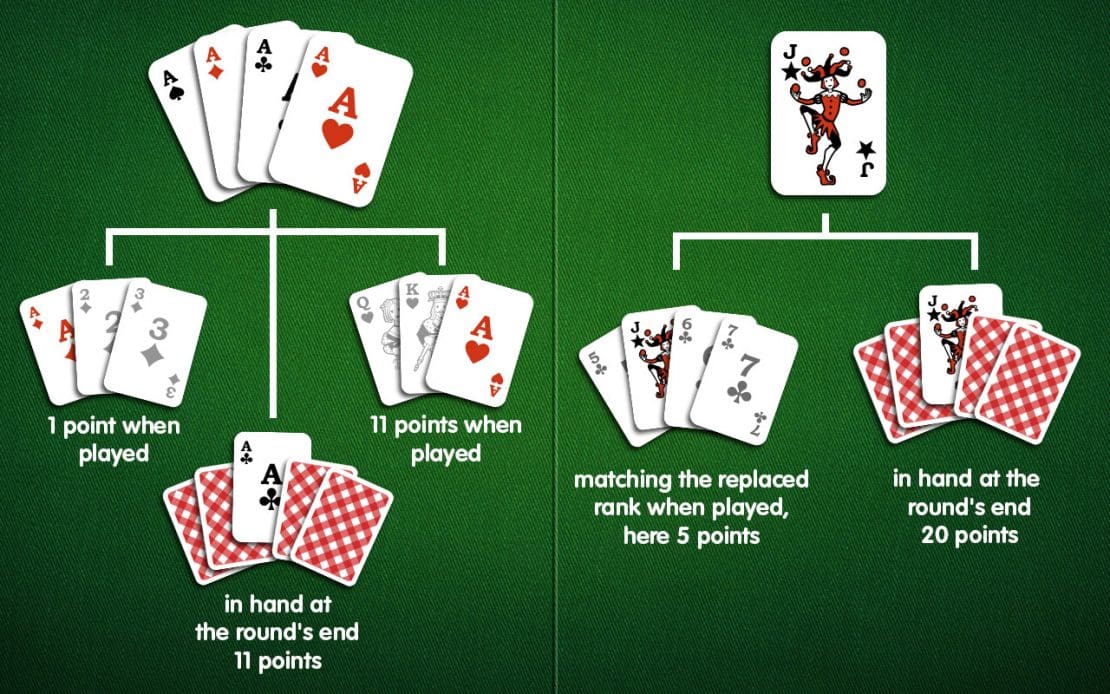Introduction — My Experience With the Joker Card
I still remember my first Rummy match where I underestimated the Joker card. It was a casual game with friends in Delhi, and I had this wild Joker in my hand—a 7 of hearts, randomly selected at the start. I thought it was just another card, so I discarded it early, only to watch my opponent use a similar one to complete their set and declare. That loss stung, but it taught me a valuable lesson: the Joker isn’t just a wildcard; it’s often the game-changer in Rummy.
Over the years, as I’ve played countless rounds on apps like RummyCircle and Junglee Rummy, I’ve seen how most beginners overlook the Joker’s value. They treat it like a bonus rather than a strategic tool. In 2025, with Rummy apps evolving to include AI-driven features and stricter regulations, understanding Joker rules in Rummy has become even more crucial for winning consistently. In this guide, I’ll share everything I’ve learned about mastering Jokers in Rummy, from basic rules to advanced strategies, all drawn from my personal experiences. You can visit our official game betting site: Stars777 and Teen Patti Stars
What Exactly Is a Joker in Rummy?

Let me break it down simply: In Rummy, the Joker acts as a substitute for any card, helping you form sequences or sets when you’re missing a piece. There are two main types—Printed Joker and Wild Joker—and knowing the difference is key to your Rummy Joker card meaning.
The Printed Joker is the one with the jester or clown image, included in standard decks. It’s always a wildcard. The Wild Joker, on the other hand, is a random card picked at the beginning of each game, like the 5 of spades, and all cards of that rank become wildcards too.
Here’s a quick comparison table to clarify:
| Joker Type | Example | Role in Game |
|---|---|---|
| Printed Joker | 🃏 | Always acts as substitute for any card |
| Wild Joker | Any random card chosen at start (e.g., 8♦) | Replaces any missing card, including all cards of that rank |
In my early games, confusing these led to invalid declarations. Remember, Jokers make impure sequences or sets possible, but they can’t form pure sequences.
How Jokers Work in Different Rummy Variants
Joker rules in Rummy stay mostly consistent across variants, but there are subtle differences based on the format. In Points Rummy, which I love for its quick pace, the Wild Joker is selected once per round, and you can use it to minimize points fast.
In Pool Rummy, the same Wild Joker applies across multiple deals until someone reaches the pool limit—great for long sessions where strategy builds over time. Deals Rummy is similar, with a fixed number of deals, and Jokers help in accumulating chips without heavy penalties.
For example, in Pool Rummy, I’ve used a Printed Joker to salvage a bad hand in the final deal, turning a potential loss into a win. The key? Jokers don’t carry points, so they reduce your penalty if you lose.
My Winning Strategy for Using Jokers Effectively
Here’s what I’ve learned after years of playing Rummy online: Treat the Joker as your secret weapon, not a crutch. It can turn a mediocre hand into a winning one, but only if used wisely.
- Complete impure sequences: If you’re missing a card in a run, like 6♠-8♠, slot in a Joker for 6♠-Joker-8♠.
- Replace high-value cards strategically: Swap out Kings or Aces (10 points each) with Jokers to lower risk.
- Never waste Jokers in pure sequences: Pure ones must be Joker-free; save them for impure groups.
- Use them to declare early: In tight games, a well-placed Joker lets you show before opponents.
In one online tournament, I held two Wild Jokers and used them to form two sets, declaring in under 10 turns. That’s how to use Joker in Rummy for maximum impact.
Printed Joker vs Wild Joker — When to Use Which
In my experience, Printed Jokers are straightforward—they’re always wild and reliable. Wild Jokers are trickier since they depend on the card drawn; if it’s a high-value like Queen, all Queens become substitutes, which can flood the game.
Use Printed for flexible sets, and Wild for sequences where the rank fits naturally. Risk-wise, Wild Jokers can backfire if opponents guess your hand.
🎯 Pro Tip: Always identify the Wild Joker before forming sequences; forgetting it is one of the most common rookie mistakes.
Common Joker Mistakes I’ve Seen New Players Make
I’ve watched countless beginners misuse Jokers by treating them like regular cards. Here are the frequent errors:
- Using Joker in pure sequence: This invalidates your hand—pure means no substitutes!
- Hoarding Jokers instead of forming sets: Holding too long increases points if someone declares first.
- Misidentifying Wild cards: Forgetting which rank is wild leads to wrong combinations.
- Forgetting Joker’s limited role during declaration: You still need at least one pure sequence without it.
Once, a newbie friend discarded a Printed Joker thinking it was useless—big mistake!
Advanced Joker Tactics — How Veterans Outsmart Opponents

Once in a tournament, I tricked my opponent by holding back a Joker and discarding a fake high card, making them think I was weak. Advanced Rummy Joker strategy involves bluffing and timing.
Here’s a mini strategy table:
| Situation | Best Joker Move |
|---|---|
| One card from winning | Use Joker for impure sequence |
| Opponent close to declaring | Save Joker to delay risk |
| Multiple Jokers in hand | Combine for double set |
Bluff by discarding near the Wild rank to mislead. Veterans like me observe picks to predict Joker use.
2025 Update — Joker Use in Online Rummy Apps

In 2025, Rummy apps have stepped up. Junglee Rummy discontinued cash games per the 2025 Act but enhanced free play with bug fixes and smoother Joker handling. Rummy.com, updated in September 2025, offers premium features like auto-highlighting Jokers. Teen Patti Stars integrates Jokers in modes like 2v2. AI shuffling ensures fair Wild selection, and responsible tools prevent overuse.
Responsible Gaming Reminder

After years of playing, I’ve realized that winning is exciting, but self-control is key. Set budgets, take breaks, and remember it’s entertainment. For help, visit https://www.responsiblegambling.org/.
FAQs About Joker Rules in Rummy
What is the difference between printed and wild Jokers?
Printed is the jester card; Wild is a random rank selected per game.
Can a Joker form a pure sequence?
No, pure sequences must be without Jokers.
How many Jokers are allowed in Rummy?
Typically 1-4 per deck, depending on players.
What happens if two wild Jokers appear?
All of that rank become wild, increasing substitutes.
Are Joker rules the same in online and offline Rummy?
Yes, but online apps auto-validate for accuracy.
Final Thoughts — What the Joker Taught Me
The Joker taught me that in Rummy, flexibility wins over luck. Keep practicing on trusted apps, and you’ll master it.




